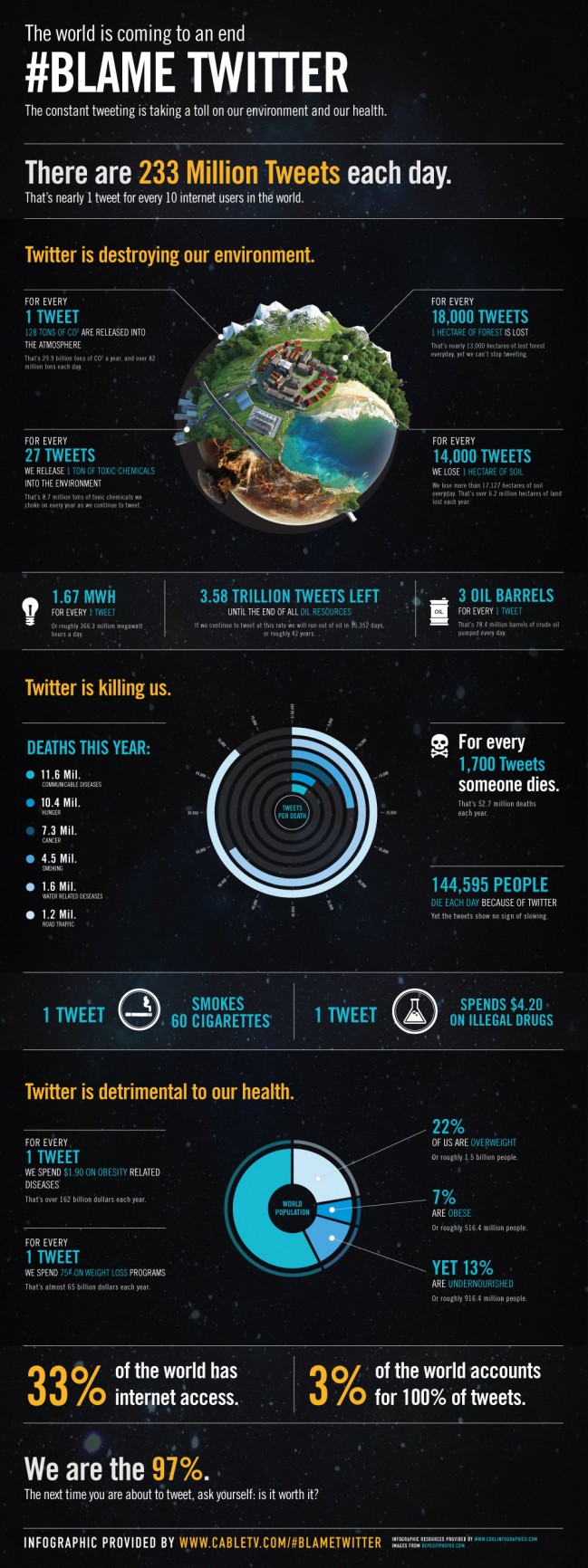Florida Man (@_FloridaMan) finally brings it all into sharp and hysterical focus. Now, I may have a worthy reason for joining the Twitterscape and actually following someone.
From the NYT:
Dangling into the sea like America’s last-ditch lifeline, the state of Florida beckons. Hustlers and fugitives, million-dollar hucksters and harebrained thieves, Armani-wearing drug traffickers and hapless dope dealers all congregate, scheme and revel in the Sunshine State. It’s easy to get in, get out or get lost.
For decades, this cast of characters provided a diffuse, luckless counternarrative to the salt-and-sun-kissed Florida that tourists spy from their beach towels. But recently there arrived a digital-era prototype, @_FloridaMan, a composite of Florida’s nuttiness unspooled, tweet by tweet, to the world at large. With pithy headlines and links to real news stories, @_FloridaMan offers up the “real-life stories of the world’s worst super hero,” as his Twitter bio proclaims.
His more than 1,600 tweets — equal parts ode and derision — are a favorite for weird-news aficionados. Yet, two years since his 2013 debut, the man behind the Twitter feed remains beguilingly anonymous, a Wizard of LOLZ. (The one false note is his zombielike avatar: The mug shot belongs to an Indiana Man.)
His style is deceptively simple. Nearly every Twitter message begins “Florida Man.” What follows, though, is almost always a pile of trouble. Some examples:
Florida Man Tries to Walk Out of Store With Chainsaw Stuffed Down His Pants.
Florida Man Falls Asleep During Sailboat Burglary With Gift Bag on His Head; Can’t Be Woken by Police.
Florida Man Arrested For Directing Traffic While Also Urinating.
Florida Man Impersonates Police Officer, Accidentally Pulls Over Real Police Officer.
Florida Man Says He Only Survived Ax Attack By Drunk Stripper Because “Her Coordination Was Terrible.”
“Now I think there are people who actually aspire to Florida Man-ness,” said Dave Barry, who celebrates Florida’s brand of madness in his popular columns and best-selling books. “It’s like the big leagues. It’s the Broadway for idiots.”
The number of @_FloridaMan’s followers is 270,000. Homages have proliferated: fan art, copycat Twitter feeds (California Man, Texas Man) and, most recently, a craft beer with Florida Man’s avatar.
Florida Man is considerably more popular (and funny) than competitors like Texas Man (732 followers) or California Man (129). But is the Florida Man who Accidentally Shoots Himself With Stun Gun While Trying to Rob the Radio Shack He Also Works At truly more wacky than, let’s say, an Arkansas Man or New Jersey Man?
Read the entire story here.



 Five years in internet time is analogous to several entire human lifespans. So, it’s no surprise that Twitter seems to have been with us forever. Despite the near ubiquity of the little blue bird, most of the service’s tweeters have no idea why they are constrained to using a mere 140 characters to express themselves.
Five years in internet time is analogous to several entire human lifespans. So, it’s no surprise that Twitter seems to have been with us forever. Despite the near ubiquity of the little blue bird, most of the service’s tweeters have no idea why they are constrained to using a mere 140 characters to express themselves.